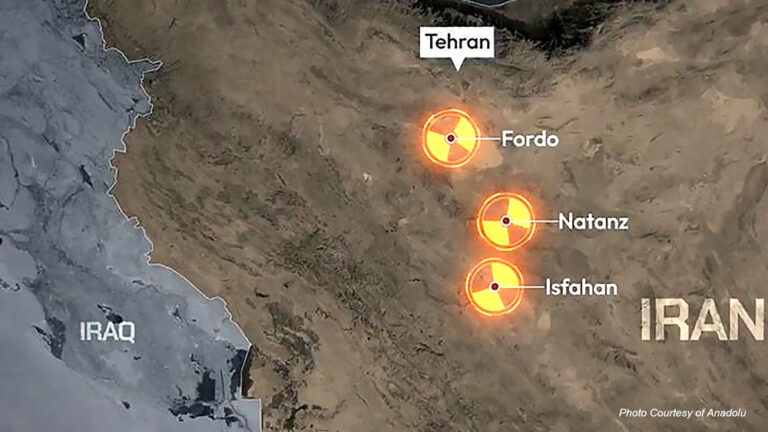The first completed forward pass in professional football came in 1906, when quarterback George Parratt, who was known as Peggy, threw to an end named Bullet Dan Riley for the Massillon Tigers, a team from Ohio. There were no reports of disputes over whether it really was a catch.
Since then, there have been hundreds of thousands of catches in professional football, and many times more than that at other levels. Just in the past 50 years, since the season that ended with what is now called Super Bowl I, there have been 392,218 completed regular-season passes in the N.F.L.
Today, though, it has never been more difficult to understand what constitutes a catch in football.
It is possible that “Was that a catch?” has replaced “Are you ready for some football?” as the most frequently asked question from N.F.L. fans on fall and winter Sundays.
Every week, it seems, at least one crucial completion/incompletion is scrutinized, reviewed via video and debated. Some rulings defy logic, if not physics. Most reverse a game’s momentum, and some flip its outcome. All get some portion of the football populace — fans, players, coaches, commentators — second-guessing their own ability to know just what a catch is.
So with Super Bowl 50 approaching in Santa Clara, Calif., the biggest worry for those who care about football is not just whether the 39-year-old Denver quarterback Peyton Manning (6,125 of those completions) can win another Super Bowl, or if Cam Newton (1,440 completions) can bring a first championship to Carolina, or whether El Niño will turn the whole event into a soggy scrum.
It is whether the game will be decided on yet another catch controversy. The bickering over how to define a catch has gotten so noisy that Roger Goodell, the N.F.L. commissioner, has convened a committee to settle on new language for the rule book that will put the issue to rest — or at least give everyone new material to argue about.
Never in the game’s history has there been so much debate over something so seemingly simple.
The debates over the “process of the catch,” an obtuse phrase that the N.F.L. uses, ignited in 2010, when Detroit’s Calvin Johnson caught an apparent game-winning touchdown pass over a Bears defender, took two steps in the end zone, spun as he moved the ball from both hands to his right hand, fell down on his empty left hand and then let the ball out of his right hand as it touched the turf so that he could jump up and celebrate.
After some confusion, the referee announced that it was not a touchdown.
“The ruling on the field is that the runner did not complete the catch during the process of the catch,” the referee announced, which was football-speak for “Let’s all go crazy on talk radio this week.”
The N.F.L. tinkered with the rule — often called the Calvin Johnson rule — and has tinkered some more, mostly adding language that only lawyers could love. It did nothing to stem the controversies. During last season’s playoffs, Dallas’s Dez Bryant made a leaping grab against the Packers, took a couple of steps, and reached for the goal line as he fell. The ball was jarred loose. The pass was deemed incomplete. Head scratching and verbal mayhem ensued.
The N.F.L. did not change the rule last off-season but tried to clarify it, in a way that wipers clarify a windshield covered in mud by smearing the mess from side to side.
Long ago, officials were asked simply to judge possession of the ball — the dictionary definition of catch, plus two feet on the ground. Now they must ascertain the actions of the rest of the body, if not the mind.
Officials are now asked to decipher whether the player has shown enough after taking possession (but before it can be ruled a catch) to be classified as a runner (leading to one set of rules), or whether the player has taken possession while falling (leading to another).
How does a receiver prove he is a runner? Good question.
“He does that by gaining control of the ball, touching both feet down and then, after the second foot is down, having the ball long enough to clearly become a runner, which is defined as the ability to ward off or protect himself from impending contact,” the N.F.L. said in its off-season attempt to help people — including, presumably, on-field officials and the league’s employees on Park Avenue — understand.
In other words, rather than judging whether a receiver caught a ball, officials now judge whether he caught the ball and became a runner, which might just be the more subjective of the two acts.
If the receiver is not a runner, he might be a faller, which leads to an entirely different rule.
“A player is considered to be going to the ground if he does not remain upright long enough to demonstrate that he is clearly a runner,” Mike Pereira, a former N.F.L. vice president for officiating, explained last summer.
Is that helpful? Generally, if the player is falling, he had better not let go of the ball until sometime after he has come to a complete stop. From the N.F.L.’s attempt to clarify:
“If, before becoming a runner, a receiver falls to the ground in an attempt to make a catch, he must maintain control of the ball after contacting the ground. If he loses control of the ball after contacting the ground and the ball touches the ground before he regains control, the pass is incomplete. Reaching the ball out before becoming a runner will not trump the requirement to hold on to the ball when you land. When you are attempting to complete a catch, you must put the ball away or protect the ball so it does not come loose.”
This interpretation is simple to understand and impossible not to mock. When Oakland’s Michael Crabtree caught a pass along the sideline this season, he landed with both feet in bounds, was shoved from behind, tucked the ball under an arm, stumbled several steps out of bounds — doing everything but taking out cheerleaders and water jugs along the way — and lost control of the ball once he put his hands on the ground to break his fall.
By the “100 drunks in a bar” standard promoted by the football commentator Mike Florio, it was a catch. By the N.F.L.’s standard, it was not. It raises the idea that replay reviews might best be performed by people in a bar, perhaps in a neutral city, each given a “yes” or “no” button to push.
Advertisement
Continue reading the main story
Advertisement
Continue reading the main story
Why is it so complicated? “To use your hands to stop and hold an object that is moving through the air” is one way that Merriam-Webster neatly defines the verb “catch.” “To seize and keep hold of” is one way that the Oxf
ord English Dictionary explains it.
We catch fish, colds, thieves, breaks, waves and fire. We catch rides, flights, buses, trains. We catch rising stars and falling ones, to put in our pockets. We catch someone’s eye, hoping the person catches on and considers you quite the catch. We catch people in the act. We get ourselves in a Catch-22.
We have catchers, which seems as good a name as receiver but was already taken. There is “The Catcher in the Rye” and the catch of the day.
No one disputed the Catch in football (Dwight Clark) or the Catch in baseball (Willie Mays). Shonda Rhimes is making “The Catch” for television.
Generally, the confusion over a catch in the N.F.L. is a symptom of instant replay, in which a plain eyeball test will not suffice. Where once the catch was football’s version of obscenity — we know it when we see it — it became a play to be dissected from all angles and the slowest possible speeds.
Scrutiny invites doubt. It is like staring at a word — say, “catch” — for so long that it no longer looks right. Catch? Catch? Wait. Ketch?
Goodell promises to take another look at the catch rules this off-season “to find a better solution, if it’s out there,” he said.
There is just one game remaining before that solution — if it is out there — is found. It just happens to be the Super Bowl, the 50th one, which would be an unfortunate time to be asking, “Was that a catch?”(
Link: http://www.nytimes.com/2016/02/02/sports/football/super-bowl-50-catch-controversy-nfl-rule.html?ref=sports



